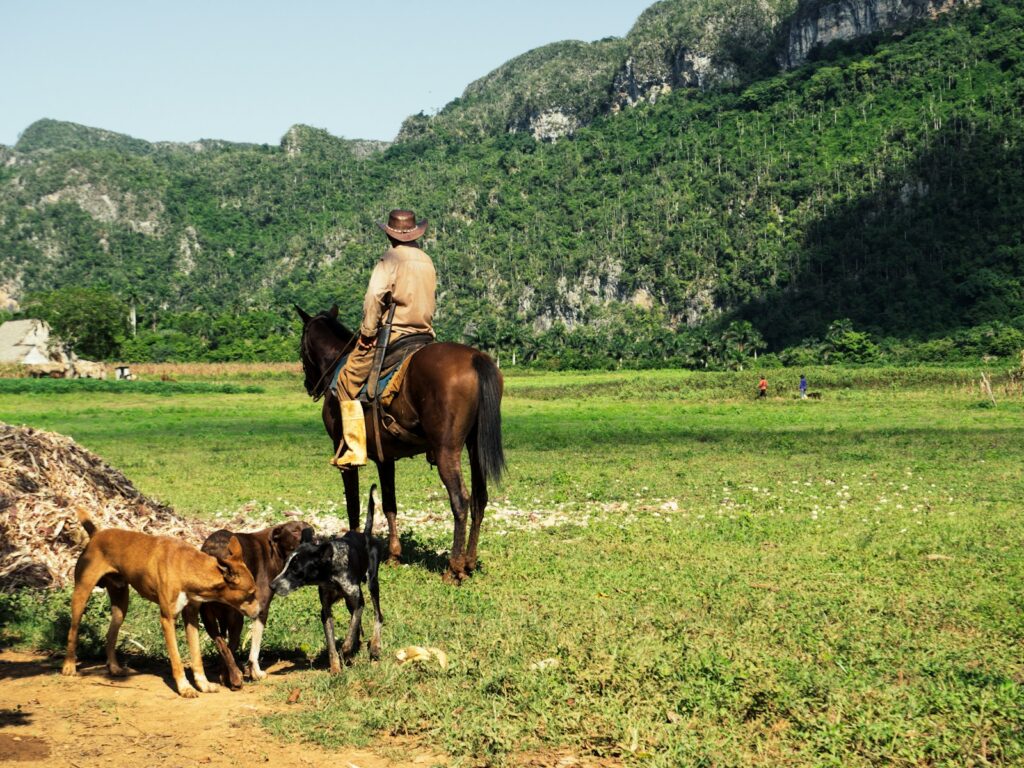In an age of technological advancement where machinery has replaced many traditional practices, there’s a fascinating holdout in the ranching world. Despite the popularity and availability of All-Terrain Vehicles (ATVs) and other motorized equipment, many ranches across America and beyond continue to rely on horses for daily operations. This isn’t merely nostalgia or resistance to change—there are compelling practical, economic, environmental, and cultural reasons why horses remain indispensable partners on working ranches. From the rugged terrain of Montana to the sprawling pastures of Texas, horseback riding continues to be a crucial skill for many ranchers, revealing deeper truths about the relationship between humans, animals, and the land they steward together.
Terrain Accessibility That Machines Can’t Match

Horses can navigate terrain that would challenge or defeat even the most advanced ATVs. Deep mud, steep hillsides, dense brush, rocky outcroppings, and water crossings are obstacles that horses have evolved over millennia to handle with remarkable agility. A well-trained ranch horse can pick its way through difficult landscape features while carrying a rider, responding instantly to subtle weight shifts and leg cues. During spring thaws or after heavy rains when the ground becomes saturated, ATVs often become stuck or cause significant damage to pastureland, while horses can continue working with minimal impact. This natural adaptability means that in many ranch environments, especially those with varied topography, horses provide access to every corner of the property regardless of weather conditions or landscape challenges.
Cattle Handling Dynamics and Instinctive Understanding
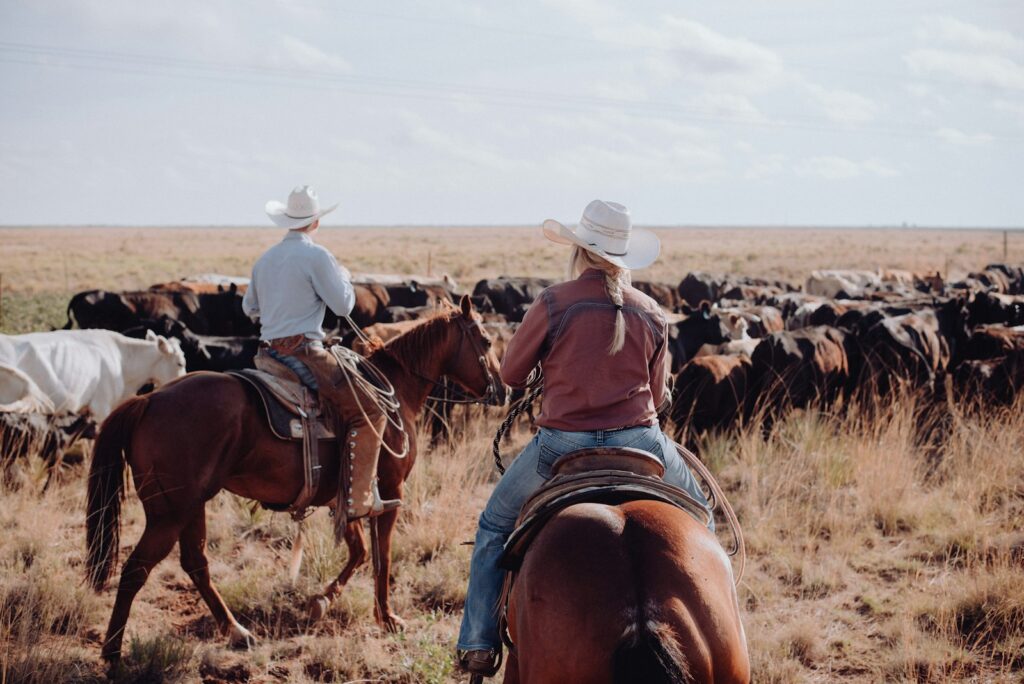
Perhaps the most compelling reason ranches maintain horse programs is the unique relationship between horses and cattle. Horses possess an instinctive understanding of herd dynamics that no machine can replicate, making them invaluable partners when working livestock. A skilled cow horse can anticipate the movements of cattle, helping to maintain control of the herd with minimal stress to the animals. These horses develop “cow sense” – an ability to read bovine behavior and respond appropriately without constant direction from the rider. During activities like cutting (separating individual animals from the herd), sorting, or driving cattle, this intuitive understanding creates a smoother, more efficient operation that causes less stress to the livestock. Research has shown that cattle handled with horses rather than motorized vehicles experience lower cortisol levels, which translates to better weight gain and overall health outcomes.
Environmental Impact and Sustainability Considerations
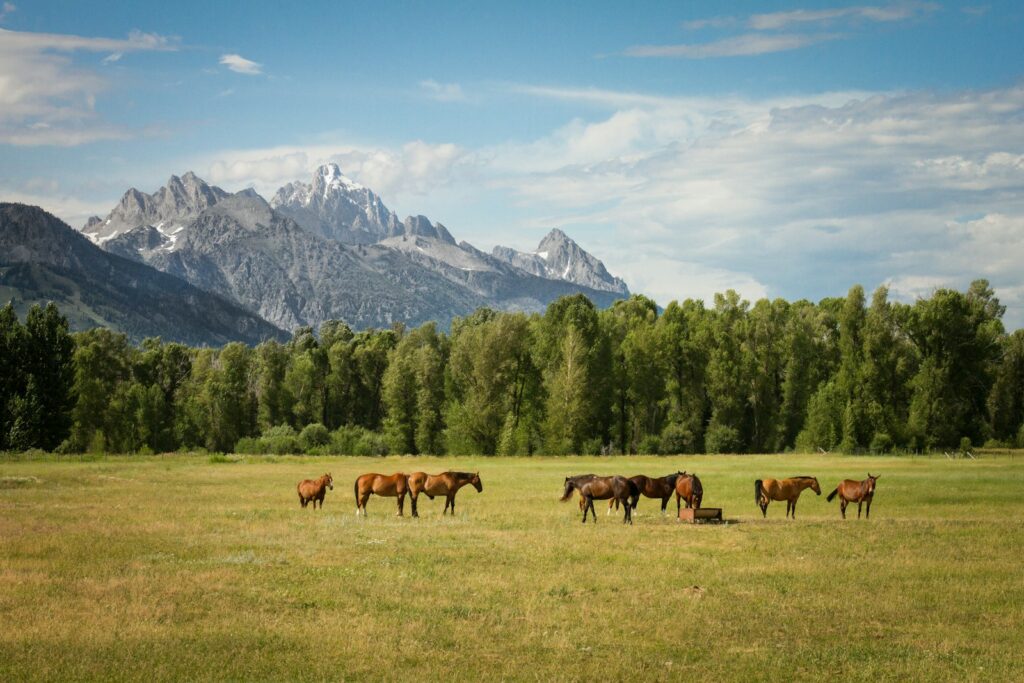
The environmental benefits of using horses over ATVs are substantial and increasingly important to land stewards. Unlike machines, horses don’t compact soil as severely, produce no exhaust emissions, and create minimal noise pollution that might disturb wildlife. Horses can be sustained largely on the same land they work, consuming grass and hay that can be grown on the ranch, creating a nearly closed-loop system of energy. While ATVs require fossil fuels, manufactured parts, and eventually create disposal challenges at the end of their useful life, horses contribute to the ranch ecosystem through nutrient cycling via manure and can work effectively for 15-20 years when properly cared for. Many ranches embracing regenerative agriculture principles find that horses align better with their environmental goals, helping to build rather than deplete the ecological health of their land.
Economic Factors: The Long-Term Investment
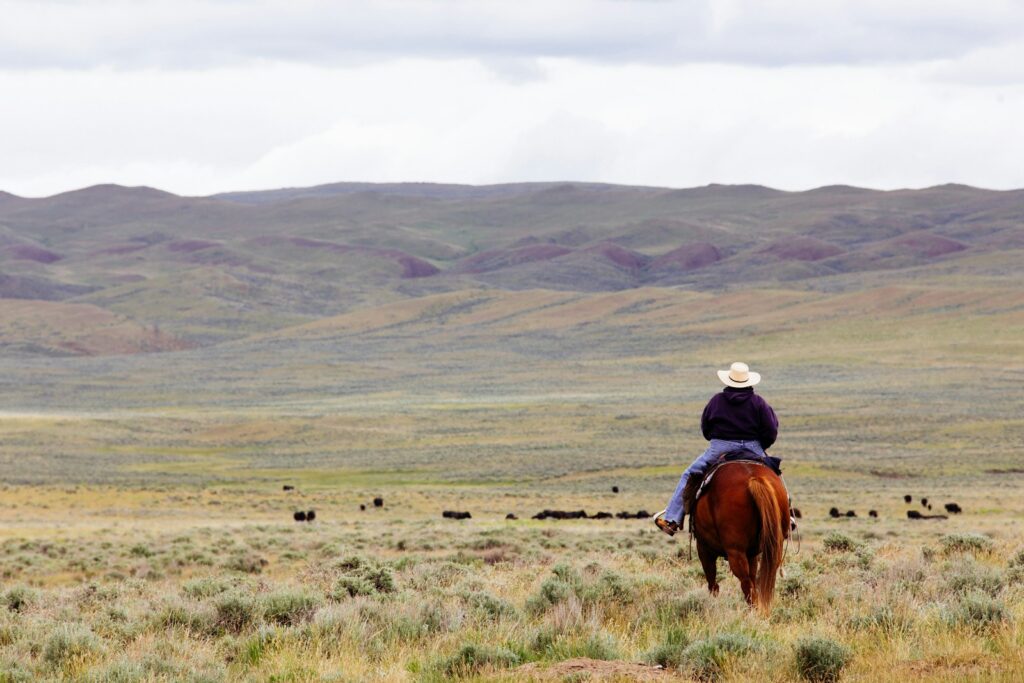
From a purely economic standpoint, horses often represent a more sound long-term investment than motorized alternatives. While the initial cost of a well-trained ranch horse might be comparable to or exceed that of an ATV, the ongoing economics favor equines in many scenarios. Horses don’t require expensive mechanical repairs, spare parts, or specialized maintenance skills beyond basic farrier work and veterinary care. The fuel for a horse – primarily grass, hay and some supplemental grain – can often be produced on the ranch itself, insulating operations from volatile fuel price fluctuations. Additionally, a good horse actually appreciates in value as it gains experience and training, whereas mechanical equipment depreciates rapidly from the moment of purchase. Many ranchers note that while they might go through multiple ATVs during a working lifetime, a good horse can serve reliably for decades while potentially producing valuable offspring.
The Silent Communication Advantage
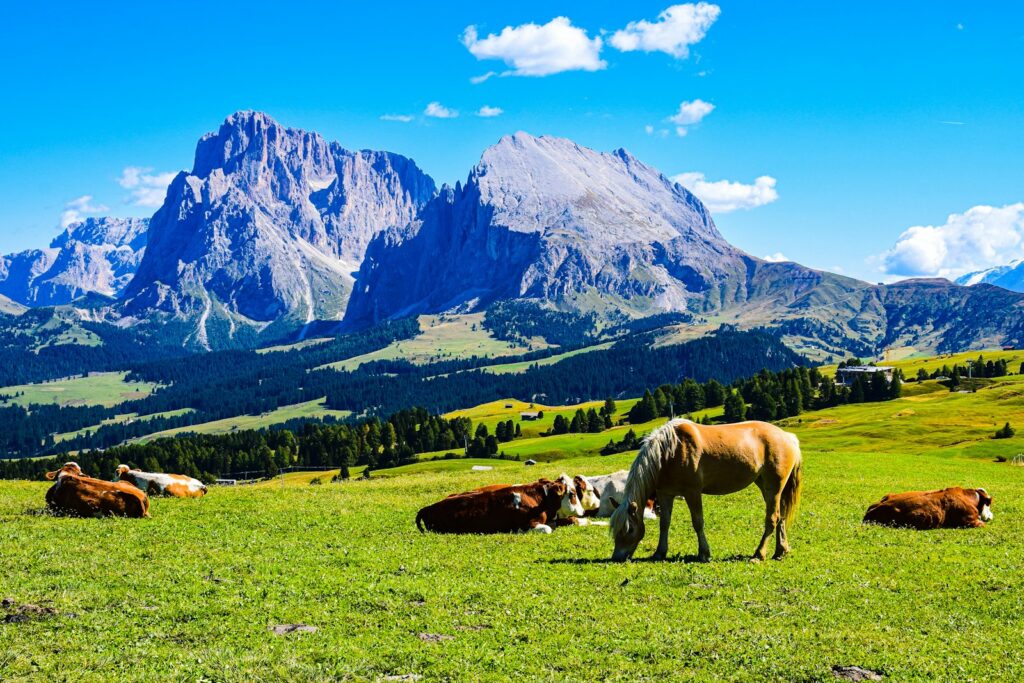
The silent operation of horses offers practical advantages that directly impact ranching efficiency. When working cattle, the noise from ATVs and other machinery can agitate livestock, making them more difficult to gather, move, and handle effectively. Horses allow for quiet approaches and subtle maneuvers that keep cattle calm and cooperative during essential ranching operations like gathering, sorting, and medical treatments. This silent communication extends beyond livestock management – horses enable ranchers to move through their property without disturbing wildlife, allowing for better monitoring of predator activity, water sources, and overall ecological health. Many ranchers rely on this quiet presence to spot problems like broken fences, sick animals, or signs of trespassers that might be missed during the noisy passage of a motorized vehicle.
Physical and Mental Health Benefits for Ranchers
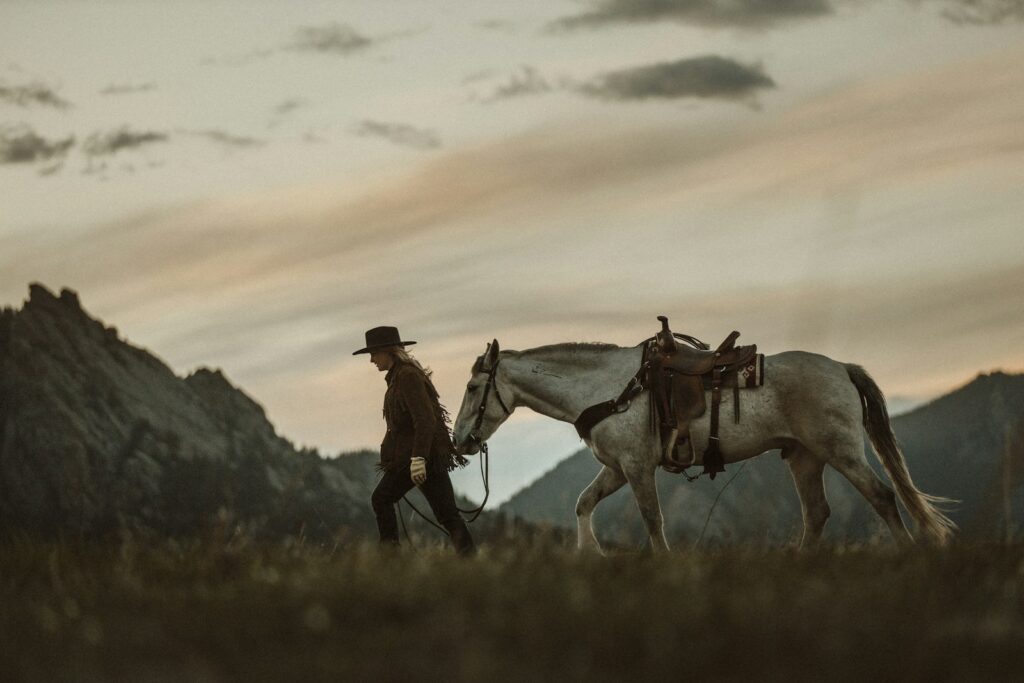
Riding horses for ranch work delivers significant health benefits that contribute to the longevity and wellbeing of ranchers. The physical activity involved in riding and horse care helps maintain strength, balance, and cardiovascular health well into advanced age. Many career ranchers attribute their continued physical capability in their 70s and 80s to a lifetime of horseback work that kept them active and engaged. Beyond the physical benefits, the partnership with working animals provides mental and emotional rewards that many ranchers consider essential to their quality of life. The relationship between rider and horse requires presence, focus, and clear communication, creating a form of mindfulness practice that reduces stress and builds emotional resilience. Scientific studies have documented the positive neurological and hormonal effects of regular interaction with horses, including reduced cortisol levels and increased oxytocin production.
Weather Resilience Across Seasons
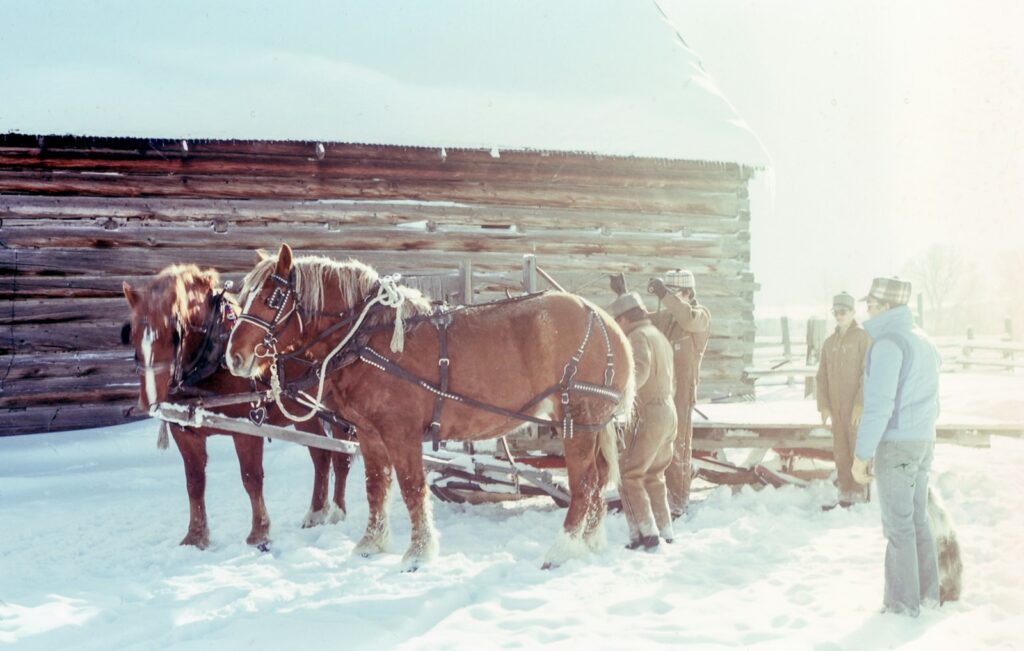
Horses demonstrate remarkable adaptability to weather conditions that can render machines unreliable or inoperable. In extreme cold, ATVs may refuse to start or experience battery failures, while properly conditioned and cared for horses remain ready to work. During summer heat waves, machines can overheat or experience vapor lock in fuel systems, but horses with appropriate conditioning, adequate water, and reasonable work expectations continue functioning effectively. In high-altitude areas where thin air affects combustion engines, horses maintain their full capability without modification or special maintenance. This weather resilience is particularly valuable in remote ranching operations where mechanical failure could leave workers stranded far from assistance or shelter, potentially creating dangerous situations during extreme weather events.
Training and Skill Development Traditions
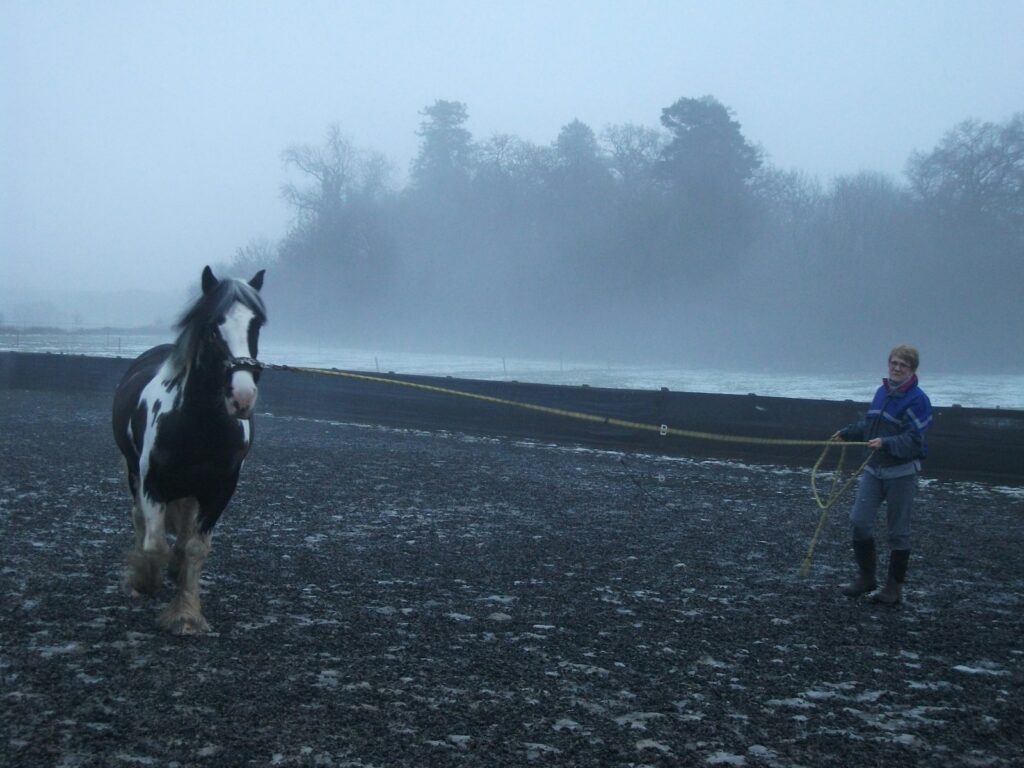
The process of training both horses and riders creates a valuable transfer of knowledge and skills that strengthens ranching communities. Young ranch members begin developing horsemanship skills early, learning not just riding techniques but also crucial lessons about responsibility, patience, and nonverbal communication. The multi-year process of developing a solid ranch horse builds problem-solving abilities and emotional intelligence that transfer to many aspects of life and work. This training tradition creates bonds between generations as experienced horsemen and women pass down techniques refined over decades of practical application. Many ranching families consider this knowledge transfer essential to preserving their operational capabilities and cultural heritage, creating a continuity that connects past, present, and future generations through shared skills and experiences.
Emergency Response and Ranch Safety
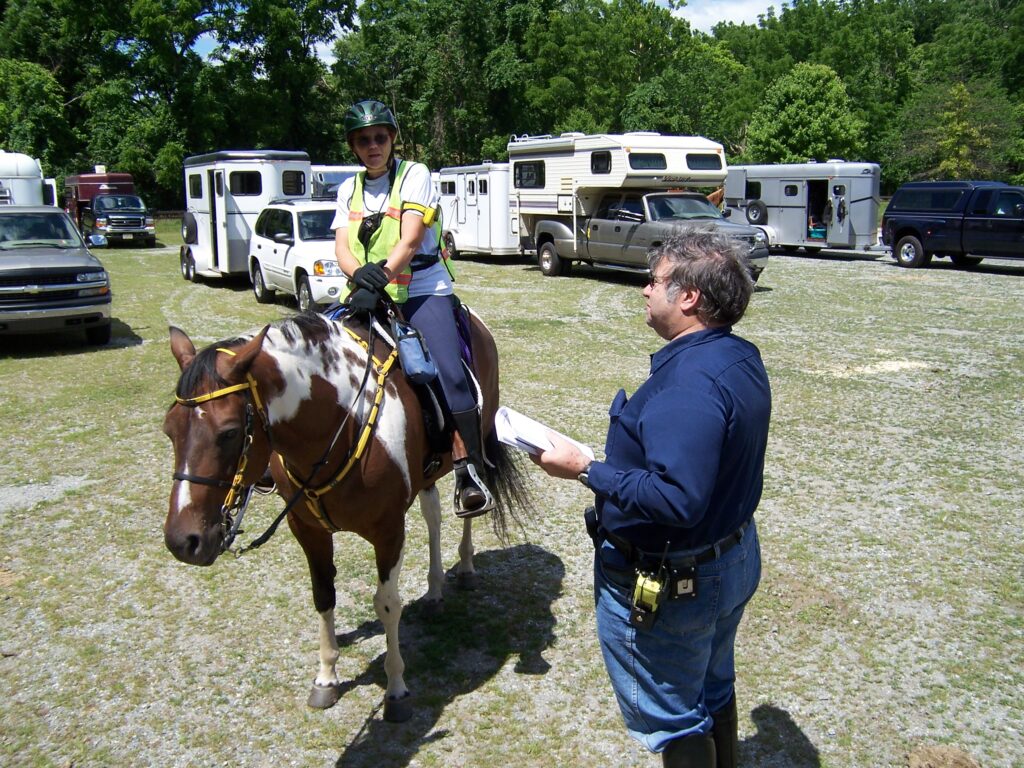
During emergencies, horses provide reliable transportation and working capability when mechanical options may fail. In wildfire situations, horses can evacuate people and navigate through smoke conditions that would stall internal combustion engines. During flood events, horses can safely cross flowing water that would sweep away ATVs or render them inoperable through electrical system damage. For medical emergencies in remote areas, a horse can transport an injured person over terrain that would be inaccessible to standard vehicles, potentially making the difference in life-threatening situations. These emergency response capabilities gain importance as many ranches operate in locations with limited cell service, significant distance from emergency services, and challenging access during extreme weather conditions or natural disasters.
Versatility Beyond Transportation
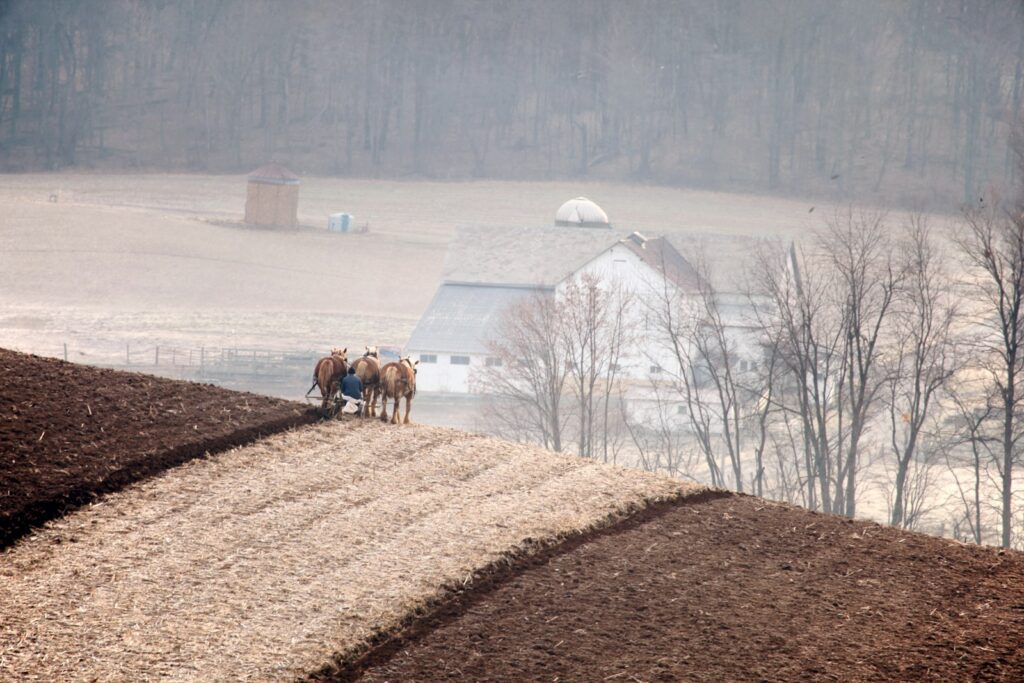
Horses offer multifunctional capabilities that extend far beyond simple transportation around the ranch. When not being ridden, horses can be harnessed to pull equipment like mowers, hay rakes, or wagons, providing mechanical advantage without the need for fossil fuels. In forest management areas, horses can skid logs with minimal damage to surrounding trees and understory plants, creating sustainable timber harvest opportunities. During winter, teams of horses can plow snow from roads and critical infrastructure when motorized equipment might struggle with deep accumulations or drifting. This versatility means that ranch horses earn their keep through multiple roles throughout the year, making them economically advantageous compared to specialized equipment that might sit unused for long periods between specific seasonal applications.
The Role of Horses in Ranch Tourism and Diversification
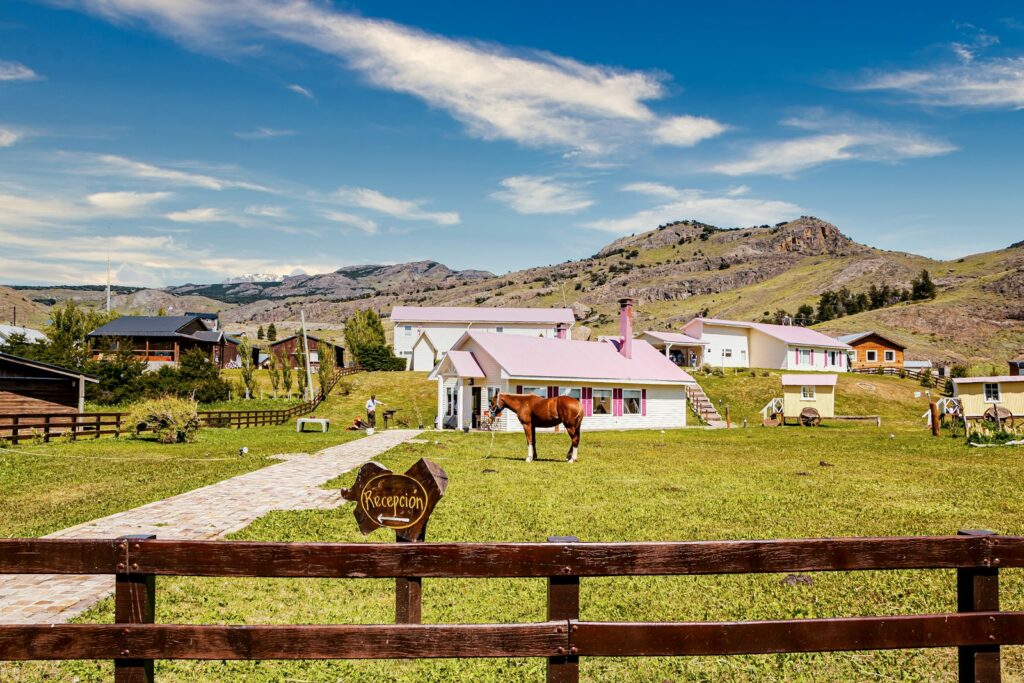
Many ranching operations have diversified their income streams through agritourism, and horses play a central role in these business extensions. Guest ranch experiences, trail riding opportunities, and authentic cattle drive vacations allow ranchers to monetize their horsemanship skills and working horses while educating the public about agricultural practices. These tourism offerings typically command premium prices when they feature genuine working ranch experiences rather than staged activities, creating significant revenue potential. Beyond direct tourism applications, ranches with established horse programs often develop additional income through breeding, training, and selling ranch-ready horses to other operations or recreational riders. This diversification strengthens overall ranch financial resilience by creating multiple revenue streams that can sustain operations through agricultural market fluctuations or difficult production years.
Cultural Heritage and Identity Preservation
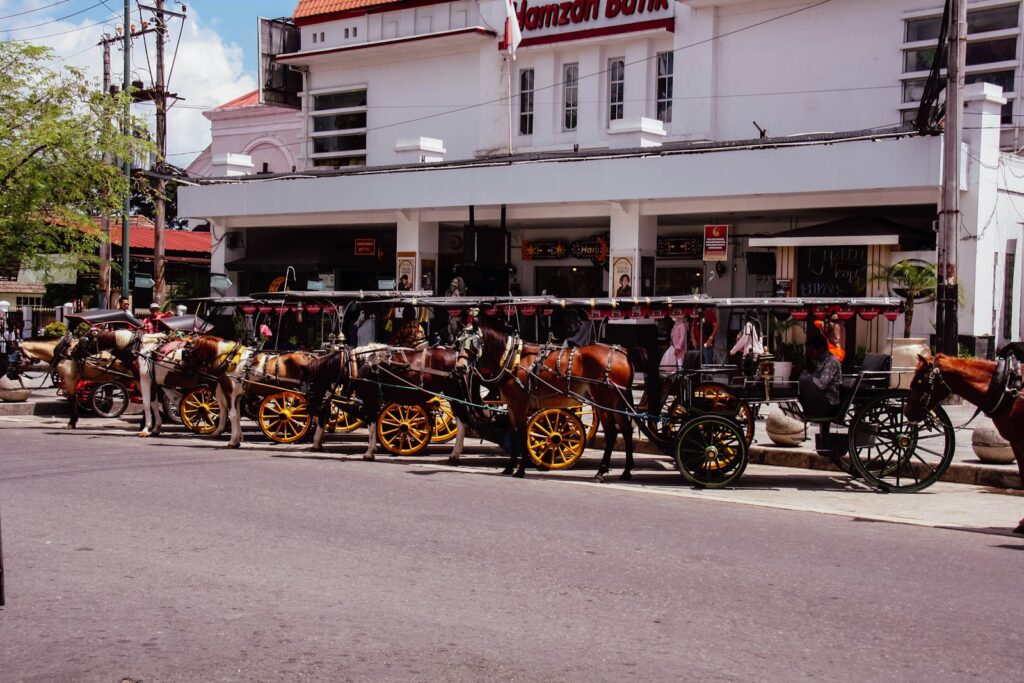
For many ranching families and communities, horses represent an essential connection to cultural heritage and identity that transcends practical considerations. The traditions, specialized equipment, and distinct skills associated with ranch horsemanship form a cultural legacy that many feel responsible for preserving and passing forward. Regional variations in working styles – from the buckaroo traditions of the Great Basin to the brush country techniques of South Texas – represent generations of adaptive knowledge developed through practical application in specific landscapes. The continuation of these practices maintains cultural diversity in rural America and honors the contributions of multiple traditions, including Native American, Mexican, Spanish, and European influences on North American ranching cultures. Many ranchers express that working with horses connects them to their ancestors and to the land in ways that create meaning and purpose beyond economic considerations.
Biological Synchronicity and Intuitive Partnership
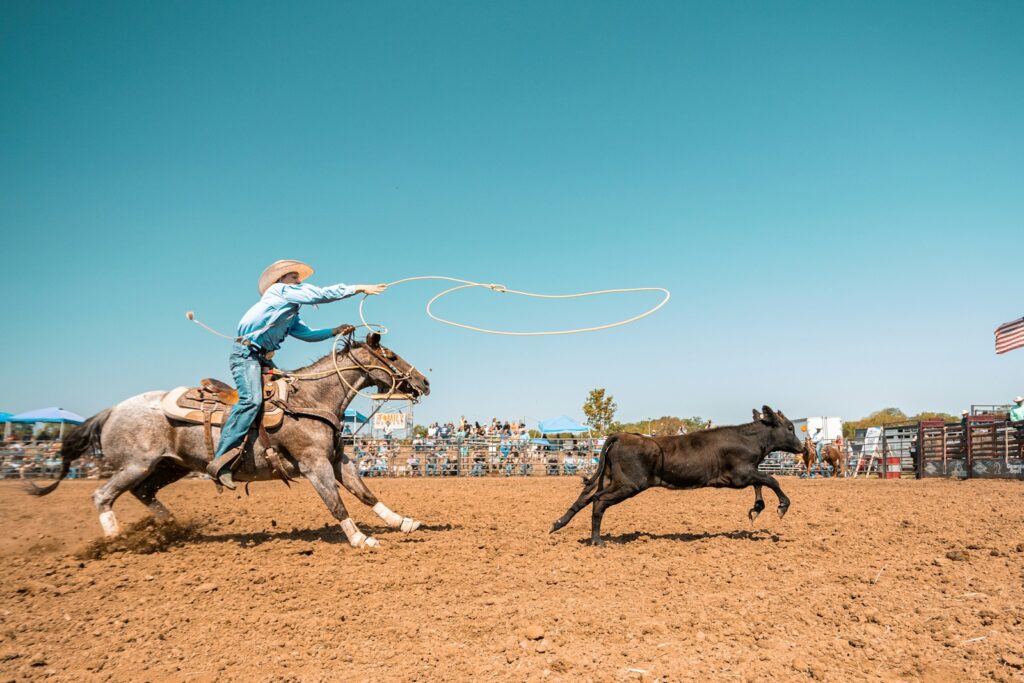
Perhaps the most intangible yet significant reason for the enduring horse presence on working ranches lies in the remarkable biological synchronicity between horses, humans, and cattle. This three-species relationship has evolved over centuries of coexistence, creating intuitive understanding that technology has yet to replicate. Experienced ranch horses develop the ability to anticipate both cattle behavior and rider intentions, often responding correctly before receiving explicit commands. This partnership extends beyond work efficiency into a form of cross-species communication that many ranchers describe as deeply satisfying on both practical and emotional levels. The rhythmic movement of riding synchronizes human and equine breathing and heart rates, creating a physiological connection documented in research studies measuring matched biometrics between horses and riders during cooperative work. This biological harmony represents a relationship beyond utility – a partnership that continues to define ranching culture even as technology offers mechanical alternatives.
Conclusion
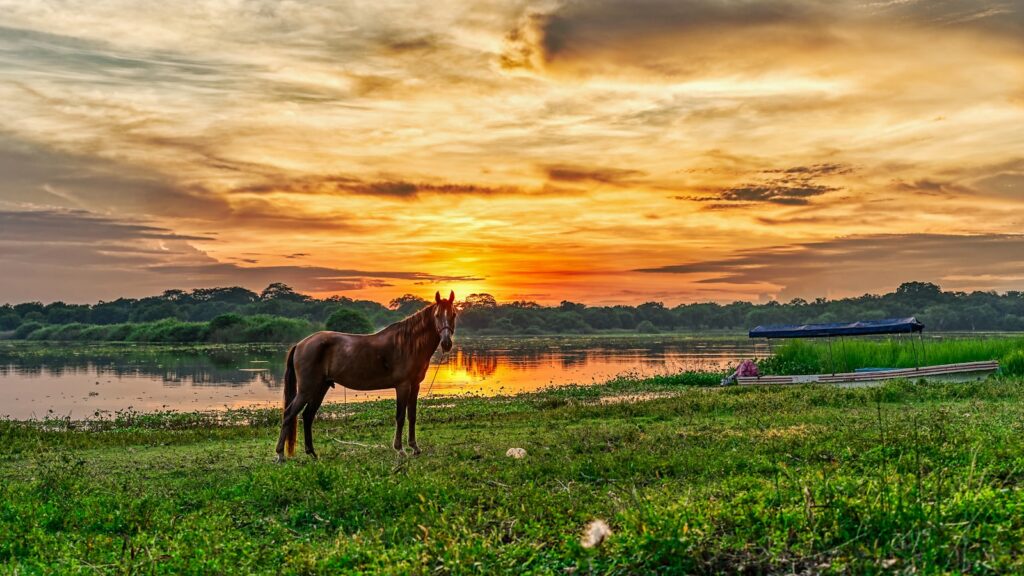
While modern technology certainly has its place in today’s ranching operations, the continued presence of horses on working lands represents a thoughtful balance between tradition and practicality rather than mere resistance to change. The enduring partnership between ranchers and horses demonstrates that sometimes the most sustainable, effective tools aren’t the newest innovations, but rather relationships refined over generations of practical application. As ranches face mounting challenges from economic pressures, climate change, and shifting cultural landscapes, the versatile, renewable resource of well-trained horses provides resilience that no machine can match. In the hoofprints across ranch lands, we find not just nostalgia, but a living testament to enduring wisdom about working with rather than against the natural world.

